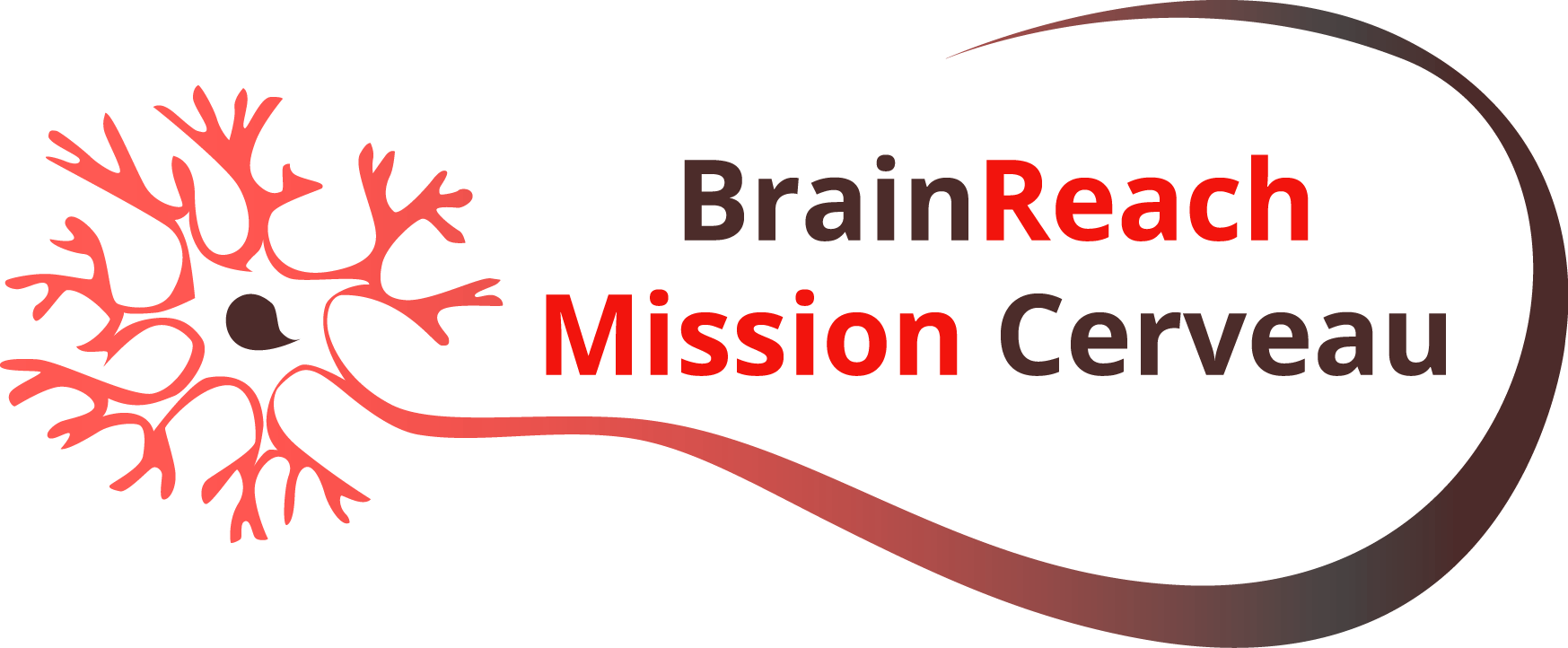|
|
ABOUT US
|
RESOURCES
|
Education Tips and Resources
|
From our Education Team |
|
Communication Skills in the Classroom:
Principles for Effective Questioning: Teachers ask questions for many reasons, including to engage, to interest, to challenge, to assess and to promote deep thinking and reasoning. Some common mistakes teachers make when questioning are: asking a question and answering it themselves, oversimplifying the questions and asking too many or too few questions.
Eliciting Participation from Every Student: Observe the students' body language. Are students looking at the speaker? Are they engaged in other conversations, or are they gazing out of the window? Do you see yawns, shuffling chairs, students whispering or glazed looks? If so, here is a list of teaching techniques to help you get the class back on track.
Managing Class Discussions:
|
Web Links |
|
On increasing participation
Igniting Passion in Your Students How to Reduce Boredom in the Classroom (scroll down to "Suggestions for Boosting Relevance") How to Make Group Work Work! Teaching and Learning Strategies: The Effective Learning Triangle Scaffolding Infographic Scaffolding Strategies Assessment and Evaluation Cycle of Ongoing Evaluation How to Assess Prior Knowledge of Topic http://www.edutopia.org/ One of the most popular education websites, useful for teachers looking for resources or relevant articles to improve classroom teaching. http://www.cea-ace.ca/education-canada The Canadian Education Association (CEA) is a bilingual, federally incorporated non-profit-organization that fosters dialogue on educational policy. The CEA's publications includes a magazine, Education Canada, published five times a year. The magazine covers trends in Canadian education and spotlights innovative and successful education practices from schools and educational organizations Canada-wide. |
Documents |
|
Classroom management tips:
|
| |||||||
|
Assessing project-based learning:
|
| |||||||
|
Articles from education journals to help you build a presentation:
|
|
| |||||||||||||
| |||||||||||||||||||||
Quotes from Teachers |
"When teaching a 45 minute class, it works well to do the 3-15 method. Lecture for fifteen minutes than transition to a 15 minute discussion, transition to a fifteen minute demonstration. I find this keeps kids focused."
“Break the class into teams to work problems out as a group. Give points for 1st, 2nd and 3rd place team.” "With any academic subject, once it is done, make a storyboard from the content. Fun, tactile, group activity and easy to observe and grade."
|
Inquiry Based Learning |
|
Try to approach your lessons using the following model
5 E Model - Engage, Explore, Explain, Elaborate and Evaluate http://teachinquiry.com/index/Introduction.html |
|
| |||||||||||||
|
| |||||||||||||
Progression of Learning in the Quebec Science Curriculum |
|
This document from the Quebec Education Program provides information on the knowledge and skills students must acquire for each year of elementary school. At BrainReach elementary, we focus on 4th graders. The section on "Living Things" (p. 11) is especially relevant for our volunteers.
| ||||||||
